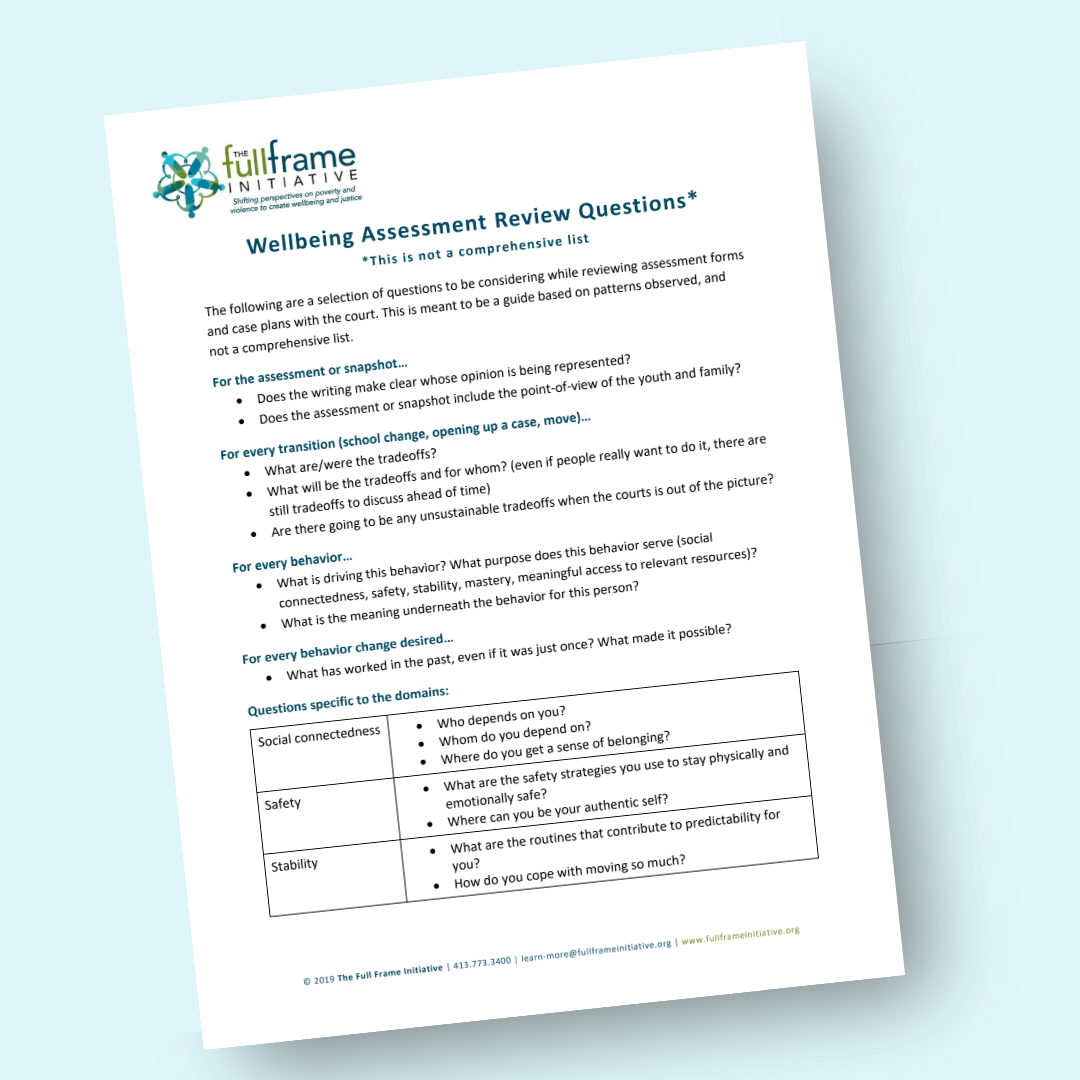
When supervisors review paperwork, here's how to reinforce a wellbeing framework.

This tool and exercise help disrupt instinctive but inaccurate assumptions, supporting more accurate and empathetic perceptions of people and families.
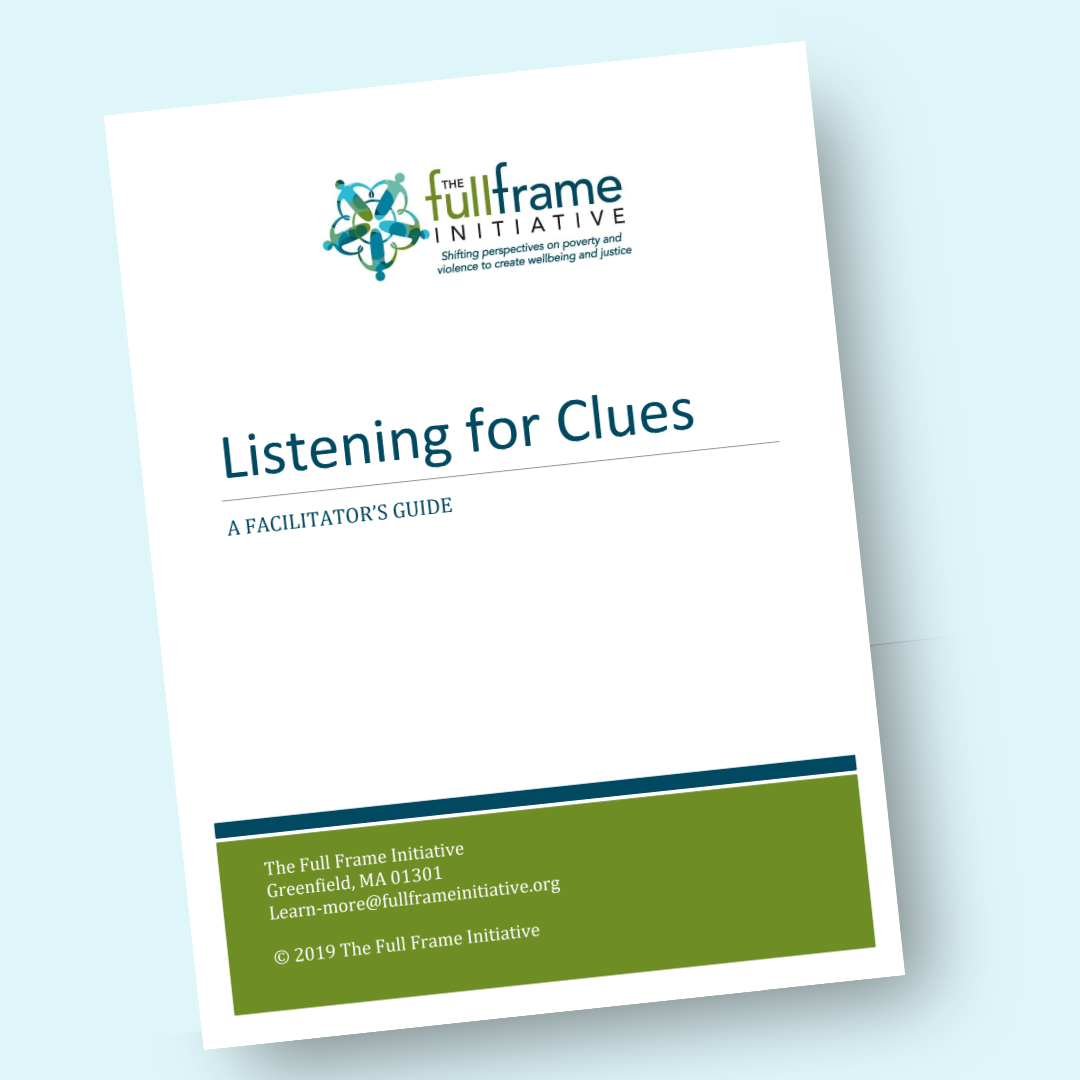
This guide is meant to help you pick up on clues in conversation with people about what is important to their wellbeing.

Examples of behaviors and tradeoffs that an individual may do related to the "Safety" domain.
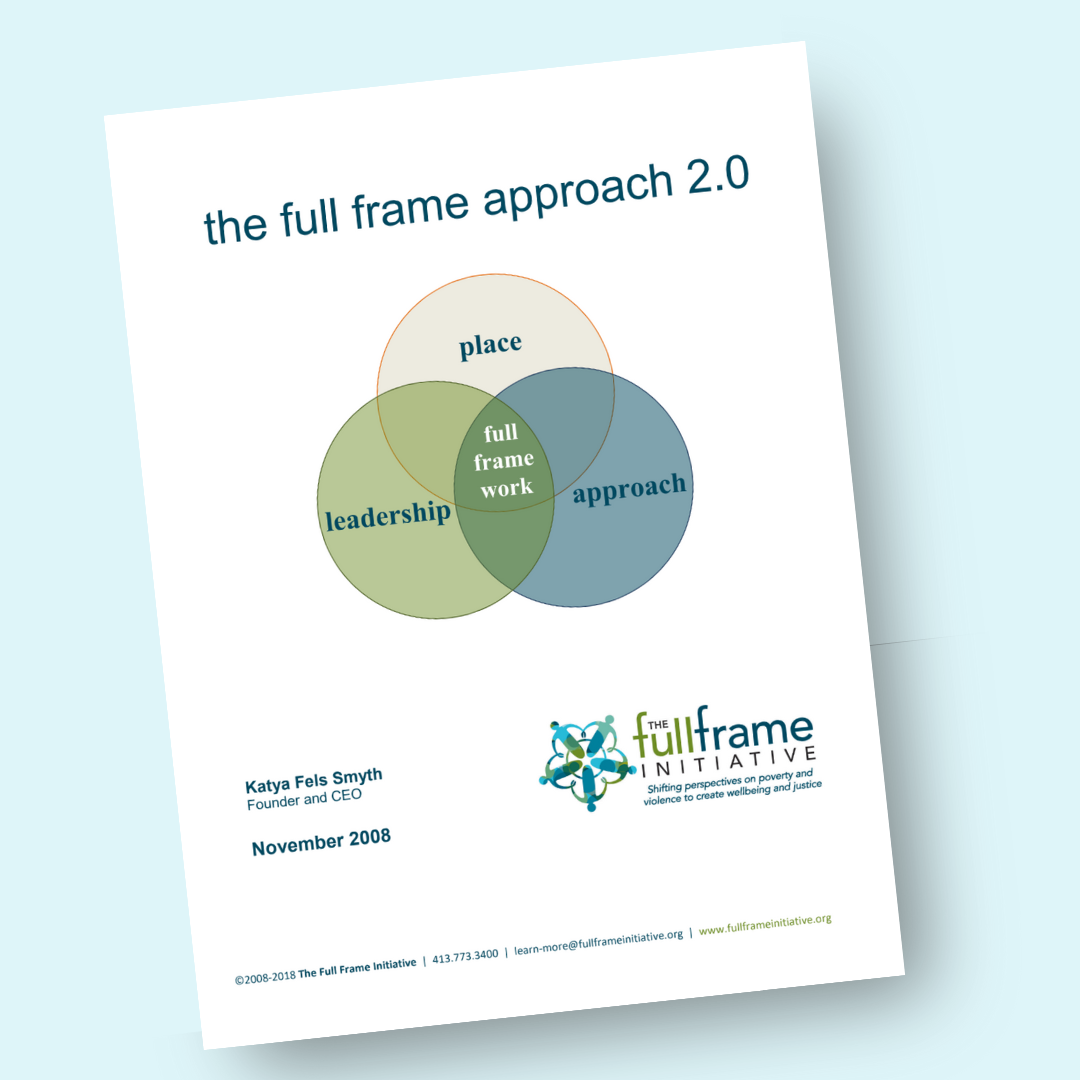
When organizations use and understand the welbeing framework, they have some principles in common.
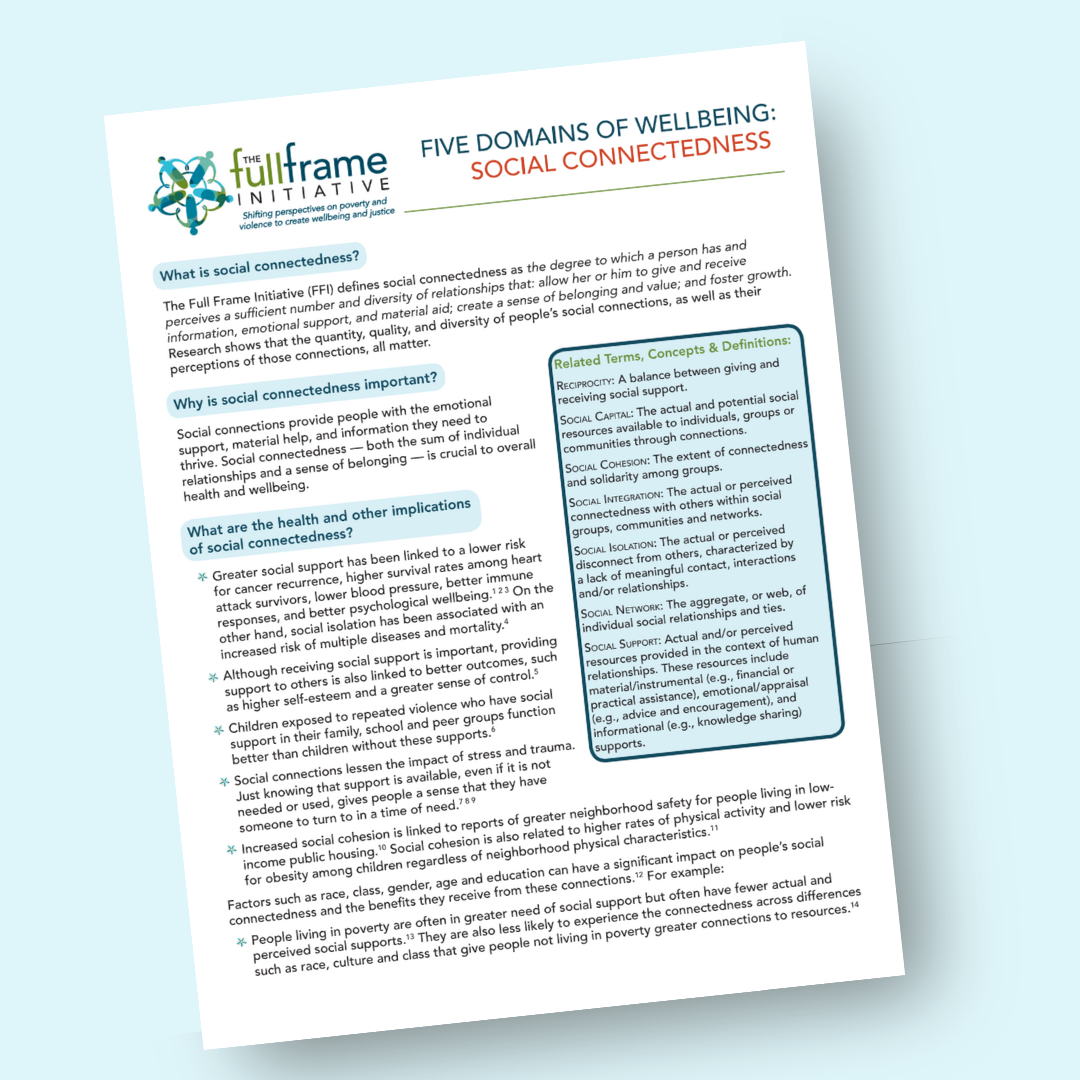
Overviews on each of the Five Domains of Wellbeing‚ what they are, why they are important, related terms, concepts, and definitions, relationship with health, and connections to other domains.
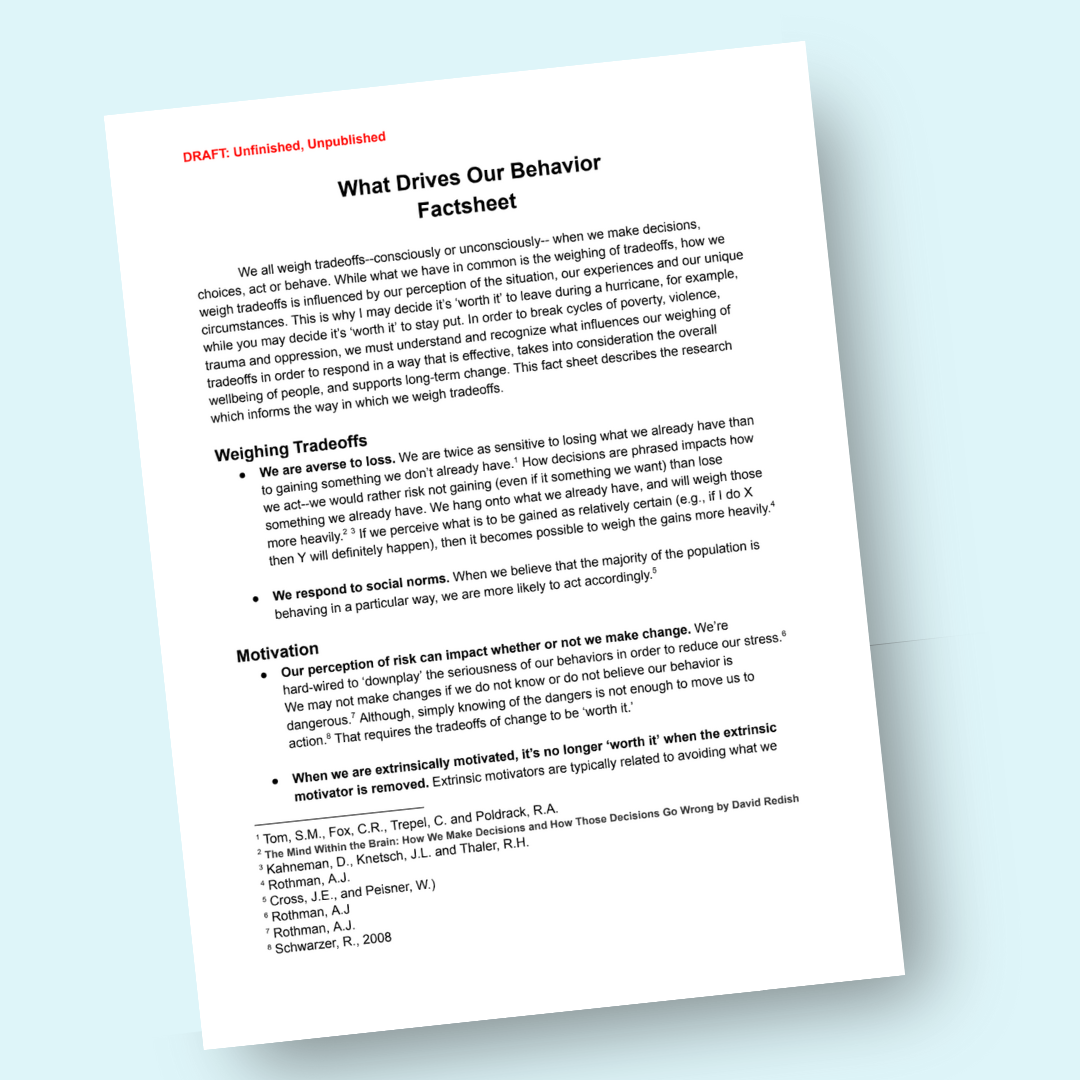
This document explores what drives behavior, analyzing tradeoffs, motivation, and strategies for sustainable behavior change.
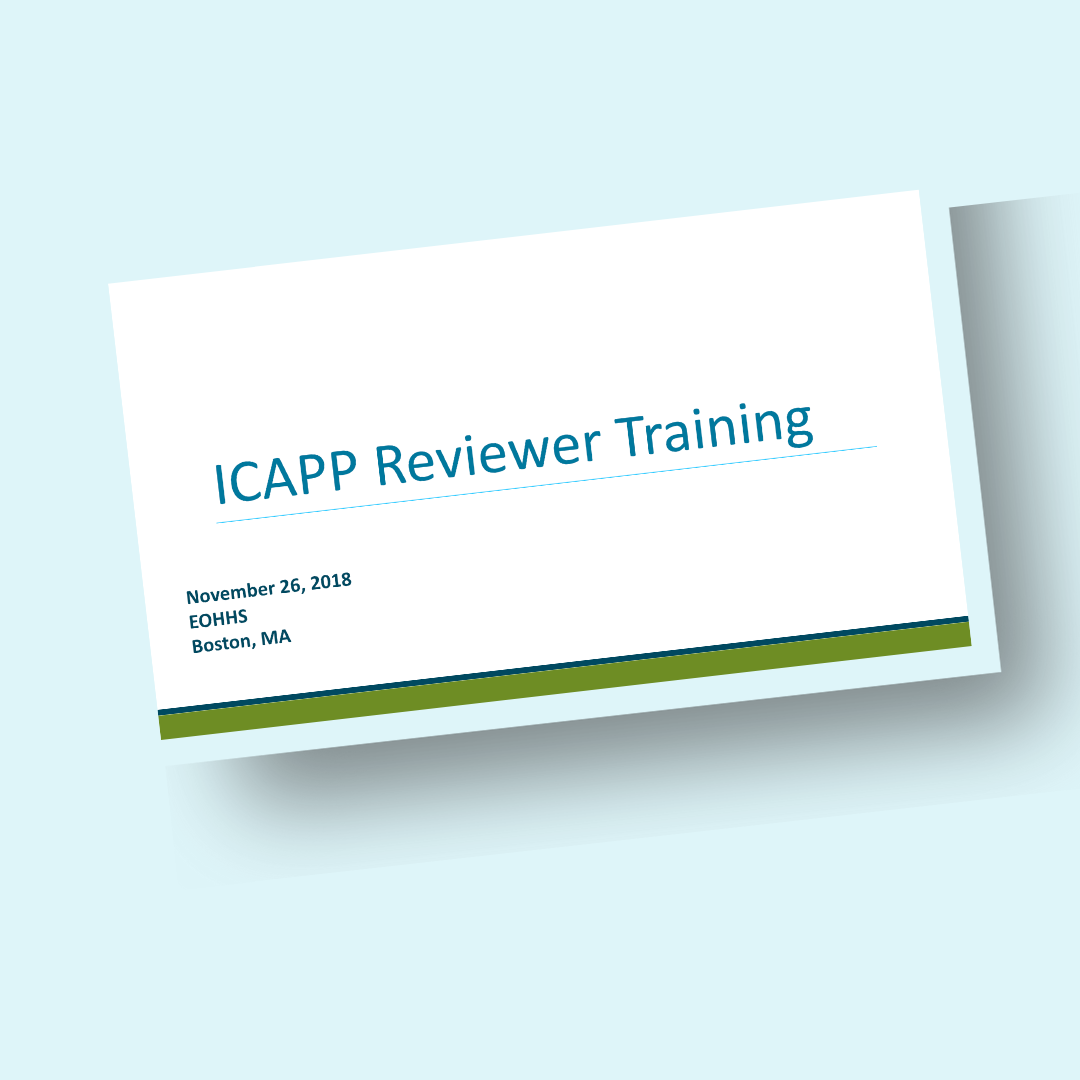
This training will help procurement professionals understand wellbeing concepts and leverage them in their process‚ whether they are writing applications or reviewing them.
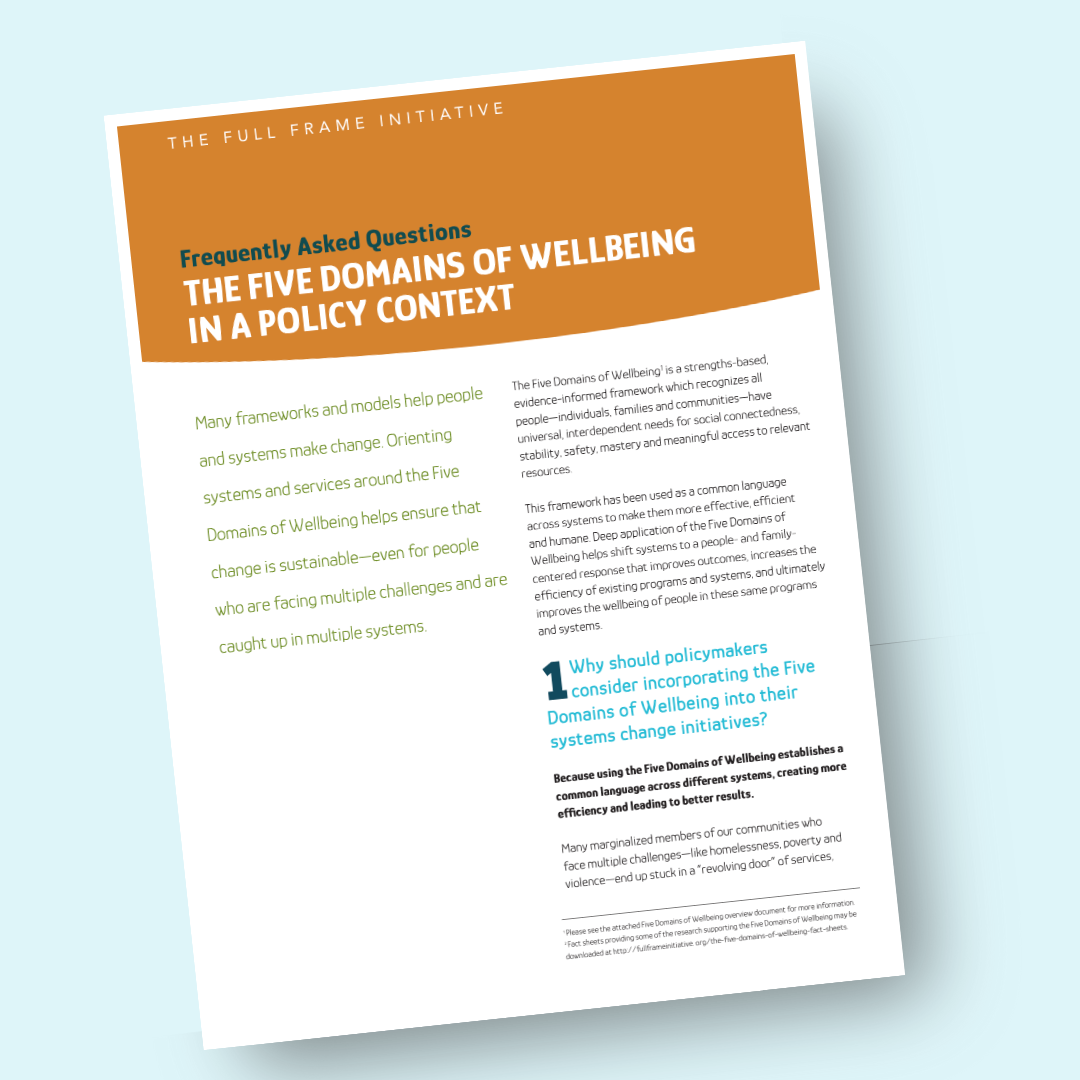
This FAQ helps to explain how an understanding of the Five Domains of Wellbeing and tradeoffs can be useful in a policy context.
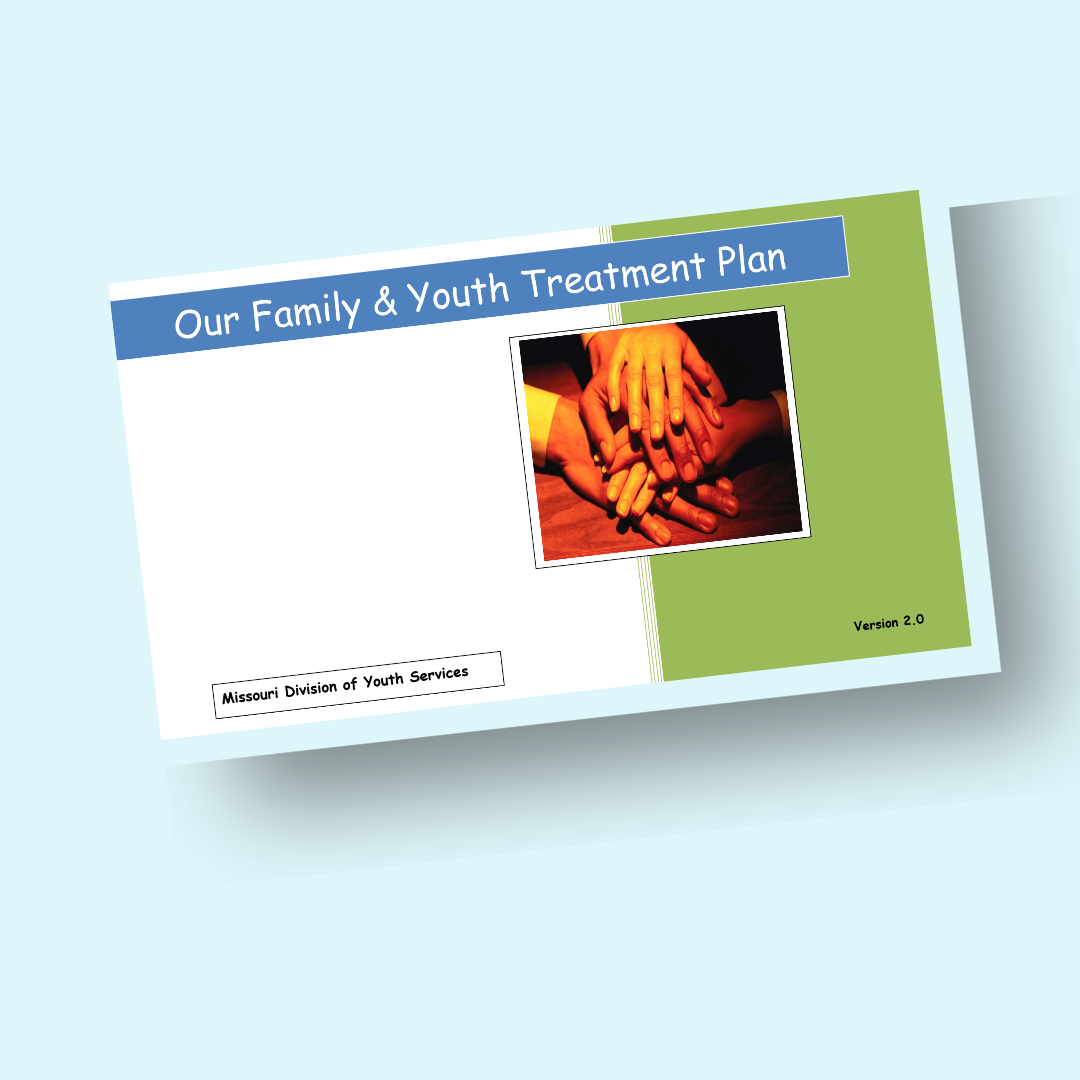
This worksheet can be used to support families and caregivers to support youth interacting with the juvenile justice system.
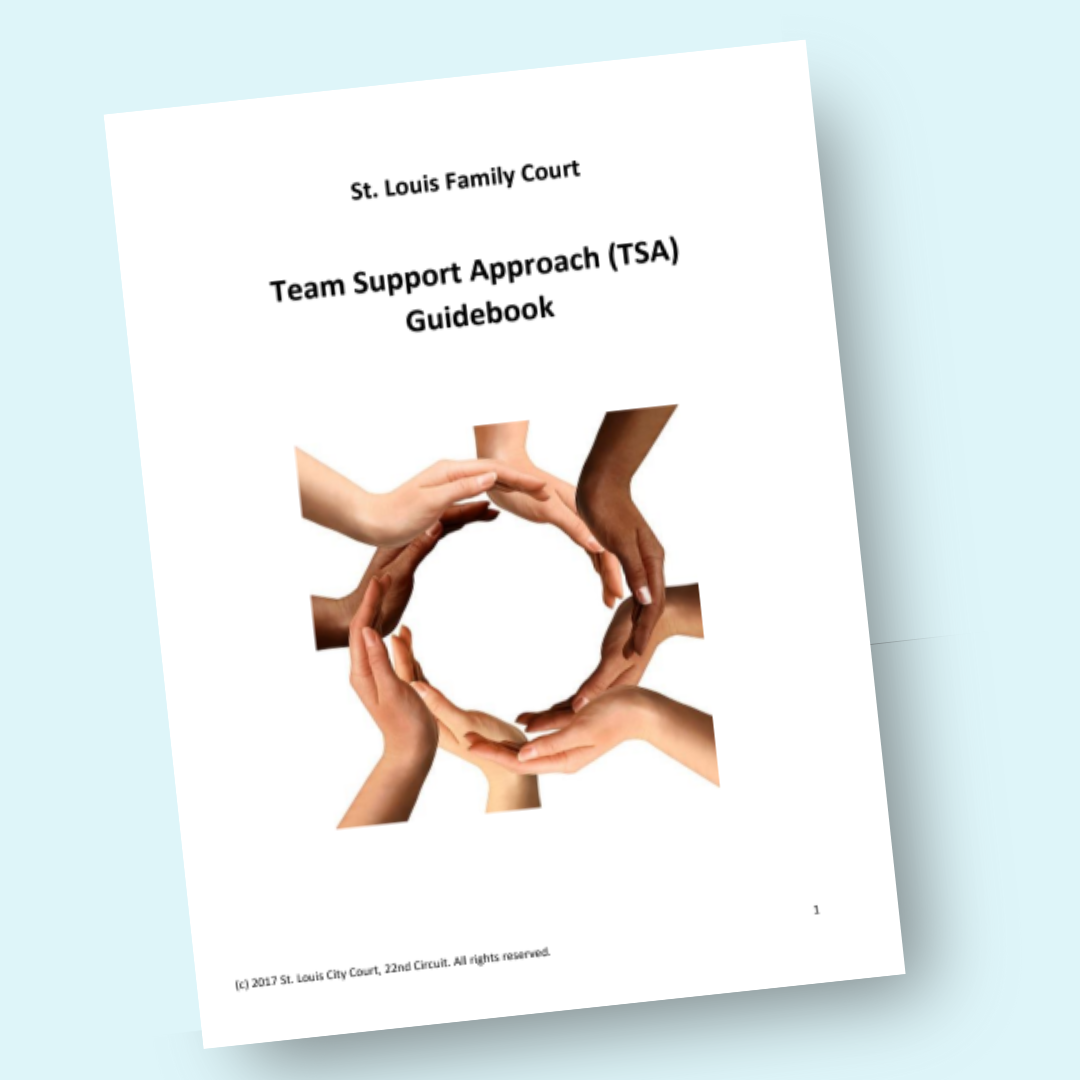
This guide helps key individuals around a youth interacting with the juvenile justice system discuss the youth's strengths and needs, identify and provide resources, and make strengths-based plans to increase the youth's access to wellbeing.
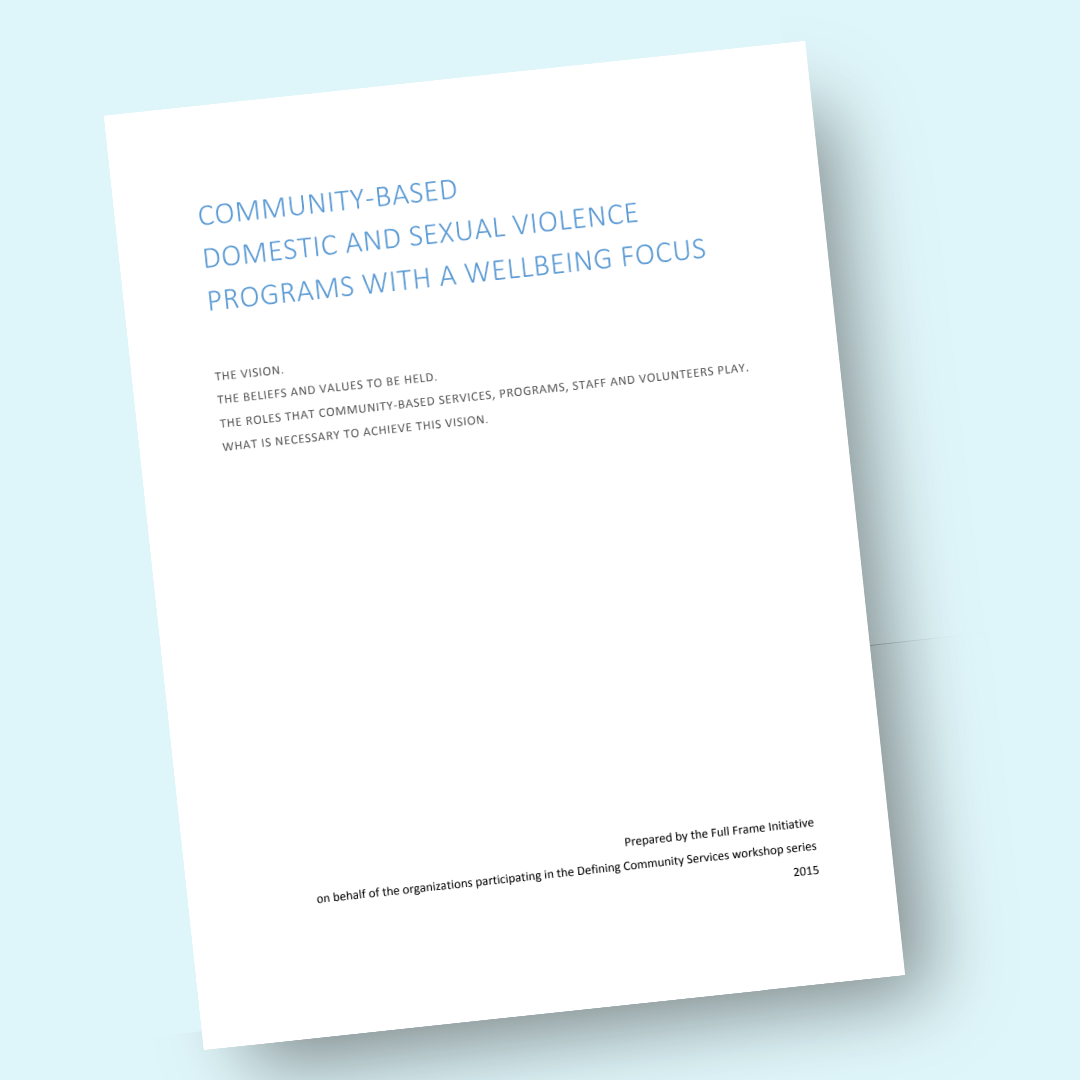
This resource is the result of the convening of 13 domestic violence and sexual assault organizations in Massachusetts to add a wellbeing focus to community-based services.